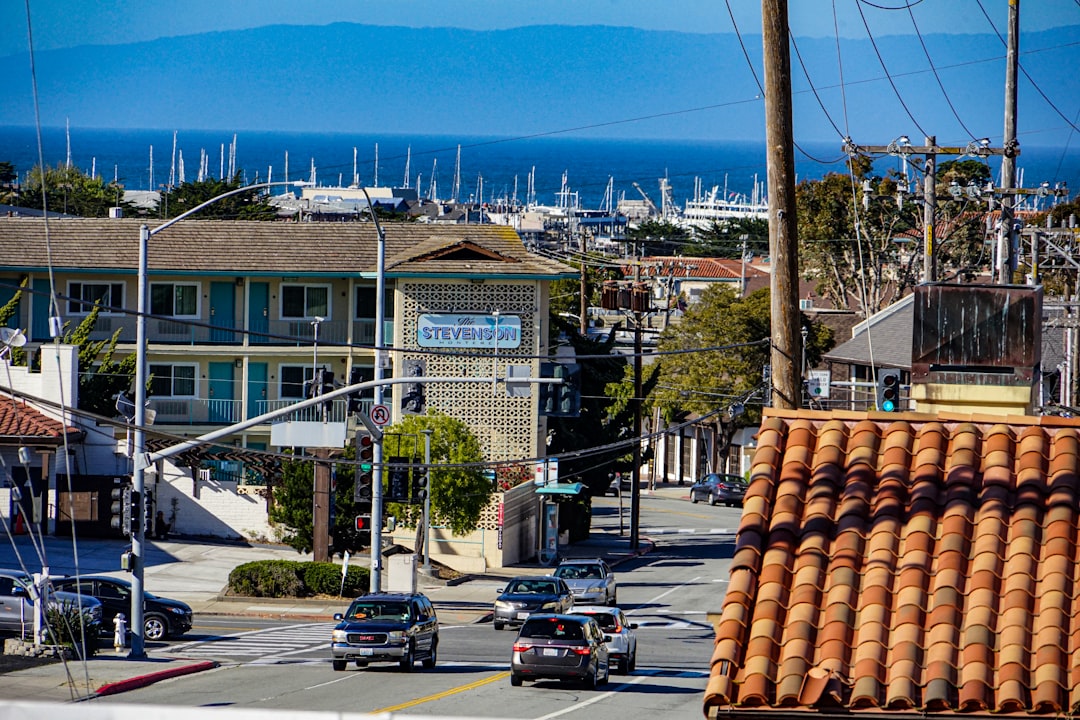
For construction professionals in San Jose, understanding the costs associated with dryer installations is crucial. Current estimates for basic electric dryer swaps range from $580 to $900, while mid-range gas conversions can cost between $1,400 and $2,100. High-efficiency heat pump units may reach $2,600 to $3,750. These figures include labor, materials, permits, and cleanup, reflecting recent projects in the area.
Dryer installations involve multiple trades, from carpentry to electrical work. Key considerations include:
Material and labor costs in San Jose fluctuate frequently. Key cost drivers include:
CountBricks offers a voice-activated platform that simplifies the estimating process. By capturing real-time data, it provides accurate, on-site estimates, saving time and reducing errors.
San Jose requires permits for gas appliance installations. CountBricks ensures compliance with local codes, helping avoid costly delays.
Dryer installations often coincide with other home upgrades, such as electrical panel swaps or solar installations. CountBricks consolidates these scopes into a single estimate, optimizing project management.

A recent project in Willow Glen involved converting an electric dryer to a gas model. The project faced challenges such as limited vent access and a distant gas stub. CountBricks provided a clear estimate, leading to a final cost of $1,985, within 5% of the initial quote.
CountBricks empowers contractors with data-driven decisions for dryer upgrades. Explore more at CountBricks.com.